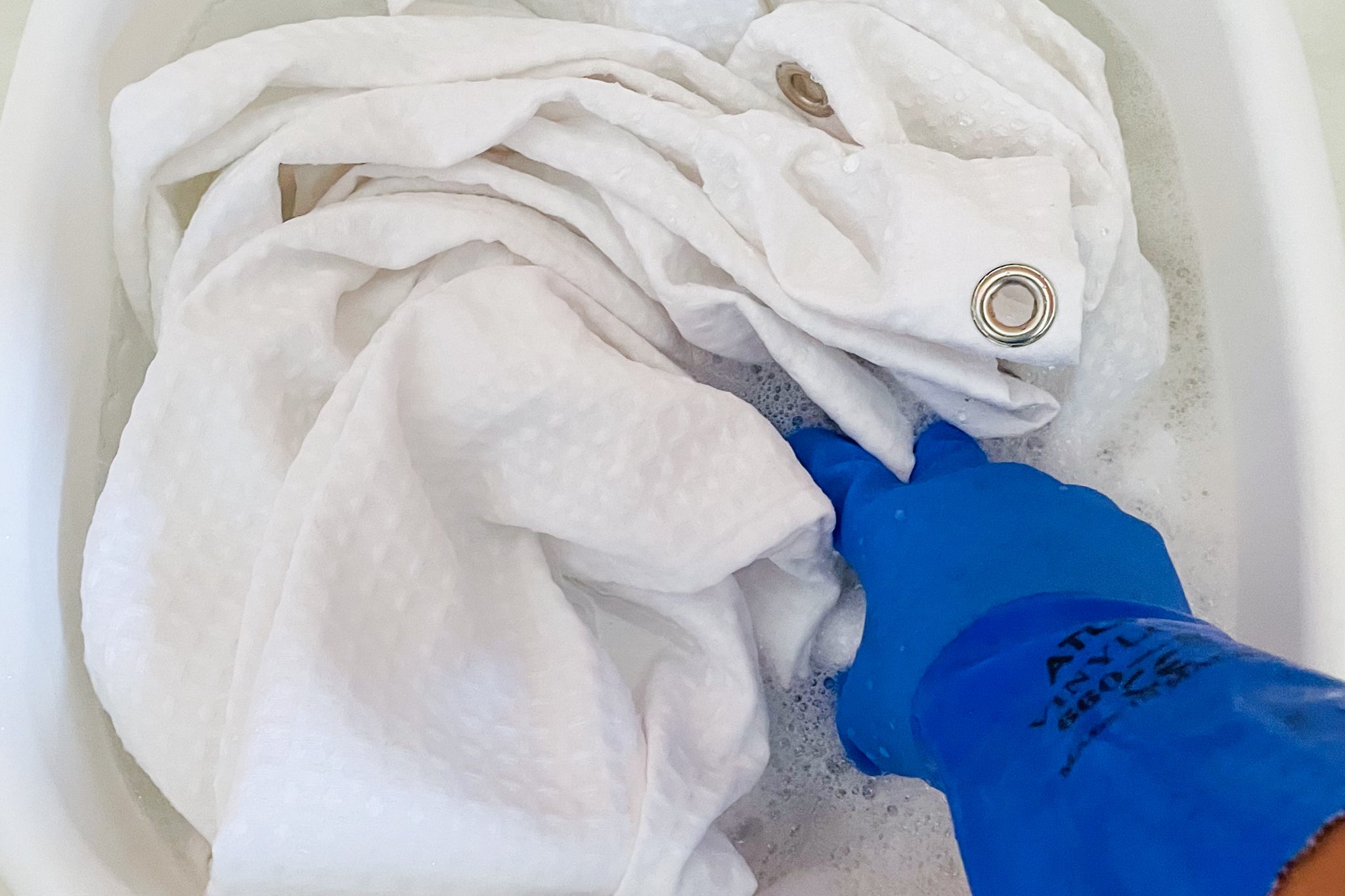

Articles
How Do You Wash Curtains
Modified: January 19, 2024
Learn the best way to wash your curtains with our informative articles. Keep your curtains clean and fresh with these helpful tips and tricks.
(Many of the links in this article redirect to a specific reviewed product. Your purchase of these products through affiliate links helps to generate commission for Storables.com, at no extra cost. Learn more)
Introduction
When it comes to home decor, curtains play a crucial role in adding style, privacy, and functionality to any room. Whether you have luxurious drapes or simple sheers, it’s important to keep them clean and fresh to maintain their beauty and extend their lifespan. Washing curtains may seem like a daunting task, but with the right knowledge and approach, it can be a breeze.
In this article, we will explore various methods for washing curtains, including both hand washing and machine washing techniques. We will also provide tips for drying, ironing, and stain removal to ensure your curtains look their best. So, let’s dive in and learn how to properly wash your curtains!
Key Takeaways:
- Properly washing and maintaining curtains is essential for preserving their beauty and functionality. By following care instructions, using gentle washing methods, and addressing stains promptly, you can ensure clean and fabulous curtains for years to come.
- Understanding the specific needs of your curtains, from fabric type to washing method, is crucial for effective cleaning. Whether hand washing or machine washing, proper drying and stain removal techniques are key to maintaining the quality and longevity of your curtains.
Read more: How Do You Steam Curtains
Types of Curtains
Curtains come in a wide range of styles, fabrics, and designs, and each type may require different care when it comes to washing. Here are some common types of curtains:
- Sheer curtains: These lightweight curtains provide privacy while still allowing natural light to filter through. Sheer curtains are often made of delicate fabrics like voile, chiffon, or lace.
- Blackout curtains: Designed to block out sunlight and provide maximum privacy, blackout curtains are typically made of thick and heavy materials. They are popular in bedrooms and media rooms.
- Panel curtains: These curtains hang in panels and are often used to cover large windows or sliding glass doors. They are available in various lengths and can be made of different fabrics.
- Thermal curtains: Thermal or insulating curtains are made with special materials that help regulate temperature and block out drafts. They are ideal for keeping a room warm in the winter and cool in the summer.
- Patterned curtains: Patterned curtains can add a splash of color and design to any room. From floral prints to geometric patterns, these curtains come in a wide range of styles and fabrics.
These are just a few examples, and there are many more types of curtains available in the market. It’s essential to identify the type of curtains you have before proceeding with the washing process, as different fabrics may require specific handling and care.
Checking Care Instructions
Before you start washing your curtains, it’s crucial to check the care instructions provided by the manufacturer. The care instructions can usually be found on a tag sewn into the curtains. Care labels provide valuable information about the fabric composition, recommended washing method, water temperature, and any specific care precautions.
When checking the care instructions, pay attention to the following:
- Washing method: The tag may provide instructions for hand washing, machine washing, or dry cleaning. Follow the recommended method to avoid damaging the curtains.
- Water temperature: The care label may indicate the ideal water temperature for washing the curtains. Hot water can shrink or fade some fabrics, so it’s important to use the recommended temperature.
- Detergent recommendations: Some types of curtains may require a specific type of detergent, such as mild or gentle detergent. Avoid using harsh chemicals or bleach unless stated otherwise.
- Drying instructions: The care label may provide instructions for drying the curtains, such as air drying or using a cool dryer setting. Follow these instructions to prevent shrinkage or damage.
- Ironing recommendations: If ironing is necessary, the care label may indicate the appropriate ironing temperature or recommend using a steamer instead. Be cautious while ironing delicate fabrics.
By following the care instructions provided by the manufacturer, you can ensure that your curtains are washed properly without compromising their quality or longevity. If the care label is missing or you are unsure about how to proceed, it’s best to err on the side of caution and opt for the gentlest washing method.
Removing Dust and Debris
Before washing your curtains, it’s important to remove any dust, pet hair, or debris that may have accumulated on the fabric. This step will help ensure a more effective and thorough cleaning process. Here are a few methods to remove dust and debris from curtains:
- Vacuuming: Use a soft brush attachment on your vacuum cleaner to gently vacuum the curtains. Start from the top and work your way down, making sure to cover all areas. This method is useful for heavy fabrics or curtains with intricate designs.
- Dusting: For lighter fabrics or delicate curtains, you can use a feather duster or a microfiber cloth to gently remove dust. Simply swipe the cloth or duster across the surface of the curtains, paying attention to pleats and folds.
- Shaking: If your curtains are washable and not too heavy, you can take them outside and give them a good shake to dislodge any loose dust or debris. Be careful not to damage the fabric while shaking.
Regardless of the method you choose, it’s always a good idea to start at the top of the curtains and work your way down. This will prevent any dust or debris from settling on areas that have already been cleaned.
Removing dust and debris prior to washing will not only help improve the cleanliness of your curtains but also prevent dirt from getting trapped in the fabric during the washing process. It’s a simple and effective way to prepare your curtains for a thorough wash.
Hand Washing Curtains
If your curtains have delicate fabrics, intricate designs, or are labeled as “hand wash only,” hand washing is the safest and most appropriate method. Here’s a step-by-step guide on how to hand wash your curtains:
- Prepare the washing area: Find a clean and spacious area where you can safely wash your curtains. Fill a large tub or basin with lukewarm water. Avoid using hot water, as it may damage certain fabrics.
- Pre-treat any stains: If there are any visible stains on your curtains, gently pre-treat them using a mild detergent or a specialized stain remover. Follow the product instructions and allow the pre-treatment solution to soak into the stain for a few minutes.
- Submerge and agitate: Carefully submerge your curtains into the water, allowing them to soak for a few minutes. Gently agitate the curtains by swishing them around in the water to loosen any dirt or debris.
- Wash with gentle detergent: Add a small amount of a mild detergent suitable for delicate fabrics to the water. Avoid using harsh chemicals or bleach, as they may damage the curtains. Gently swirl the curtains in the soapy water, focusing on any areas that require extra attention.
- Rinse thoroughly: Once you have finished washing the curtains, drain the soapy water and rinse them under cool running water until the water runs clear. Ensure you remove all traces of detergent to prevent residue build-up.
- Remove excess water: To remove excess water from the curtains, avoid wringing or twisting them, as this can cause damage. Instead, gently squeeze or press the fabric to remove as much water as possible.
- Drying the curtains: Hang the curtains in a well-ventilated area, preferably outdoors or near an open window. Use clothespins or hangers to secure them in a way that promotes even drying and minimizes wrinkling. Avoid direct sunlight, as it can cause fading. Allow the curtains to air dry completely.
Remember to always follow the care instructions provided by the manufacturer and use your discretion when hand washing curtains. If you are uncertain about the fabric’s suitability for hand washing, it may be best to consult a professional cleaner.
Hand washing your curtains is a meticulous process. It requires patience and gentle handling to ensure that the fabric remains intact and in good condition. By taking the time to hand wash your curtains, you can maintain their quality and prolong their lifespan.
To wash curtains, remove any hardware and follow the care label instructions. Use a gentle cycle with mild detergent, and hang to dry or use a low heat setting in the dryer. Iron on a low setting if needed.
Read more: How Do You Clean Curtains
Machine Washing Curtains
Machine washing curtains can be a convenient and time-saving method, especially for curtains made of sturdier fabrics that are labeled as machine washable. However, it’s essential to follow the care instructions provided by the manufacturer and take necessary precautions. Here’s how to machine wash your curtains:
- Prepare the curtains: Before placing your curtains in the washing machine, remove any hardware such as hooks or rings. If the curtains are too long or if there are multiple panels, it’s best to separate them to ensure even washing.
- Inspect for any damage: Check your curtains for any loose threads, tears, or weak seams. Repair any damage before washing, as machine washing may exacerbate these issues.
- Select a gentle cycle: Set your washing machine to a gentle or delicate cycle with cold or warm water, depending on the fabric and the care instructions. Avoid using hot water, as it can cause shrinking or color fading.
- Use a mild detergent: Add a small amount of mild detergent suitable for the fabric type and the machine wash cycle. Avoid using bleach or harsh chemicals unless stated otherwise by the manufacturer.
- Load the curtains: Place the curtains in the washing machine, making sure not to overcrowd the machine. Overloading can prevent proper agitation and result in ineffective cleaning.
- Extra precaution for sheer or delicate curtains: If you are washing delicate or sheer curtains, consider placing them in a mesh laundry bag or pillowcase to protect them from tangling or snagging.
- Run the wash cycle: Start the wash cycle and allow the machine to complete the designated cycle. Avoid using the spin cycle or any settings that may cause excessive agitation.
- Drying the curtains: After the wash cycle is complete, remove the curtains from the machine immediately to prevent wrinkling. Shake them gently to remove any excess water, then allow them to air dry completely.
Machine washing curtains can be a convenient option, but it’s important to exercise caution and always refer to the care instructions provided by the manufacturer. If in doubt, it’s better to err on the side of caution and opt for hand washing or professional cleaning.
By following these guidelines and taking special care when machine washing your curtains, you can maintain their cleanliness and prolong their lifespan without compromising their quality.
Drying Curtains
Properly drying your curtains is just as important as washing them. The drying process ensures that your curtains regain their shape, remain wrinkle-free, and are ready to be hung back up. Here are some tips for drying your curtains:
- Read the care instructions: Check the care instructions or label on your curtains to determine the recommended drying method. Some curtains may be suitable for air drying, while others can be tumble dried on a low heat setting. Follow the specific instructions provided.
- Air drying: If your curtains are suitable for air drying, find a well-ventilated area such as a clothesline or a drying rack. Hang the curtains using clothespins or hangers, ensuring they are spread out and not bunched together. This promotes even drying and minimizes the risk of wrinkles.
- Tumble drying: If your curtains are labeled as tumble dryable, place them in the dryer on a low heat or delicate setting. To prevent shrinkage, remove the curtains from the dryer while they are still slightly damp and hang them immediately.
- Minimize wrinkles: To minimize wrinkles, gently smooth out any creases or folds in the fabric before drying. If needed, use a fabric steamer or iron on a low heat setting to remove any remaining wrinkles once the curtains have dried.
- Avoid direct sunlight: When air drying your curtains, avoid exposing them to direct sunlight. Sunlight can cause fading and discoloration over time. Choose a shaded area or dry them indoors.
- Protect delicate fabrics: Delicate fabrics such as lace or sheer curtains may require extra care during drying. Consider placing them between two clean towels or using a mesh laundry bag to protect them from snagging or getting tangled with other items.
It’s important to remember that different fabrics may have specific drying requirements. Always refer to the care instructions provided by the manufacturer to ensure the best drying method for your specific curtains.
By following these drying tips, your curtains will dry properly and be ready to hang back up with minimal wrinkles. Proper drying ensures that your curtains maintain their appearance and can be enjoyed for years to come.
Ironing or Steaming Curtains
Ironing or steaming your curtains after washing and drying can provide that final touch to give them a crisp and polished look. This step is especially beneficial for curtains made of fabrics that are prone to wrinkling. Here’s how to iron or steam your curtains:
- Check the fabric: Before proceeding with ironing or steaming, ensure that the fabric of your curtains is suitable for this process. Some delicate or heat-sensitive fabrics may require alternative methods or professional steaming.
- Set up your ironing station: If you’re using an iron, set it to the appropriate heat setting for the fabric type. Fill the iron with water if it has a steam function. If you’re using a steamer, make sure it is filled with water and turned on to generate steam.
- Prepare the curtains: Hang the curtains on a clothesline or a sturdy rod in a well-ventilated area, ensuring they are spread out and not touching the floor. This allows for easier access when ironing or steaming.
- Ironing: If you’re using an iron, start at the top of the curtains and work your way down, applying gentle pressure. Move the iron in a straight motion, following the natural vertical or horizontal lines of the fabric. Avoid leaving the iron in one spot for too long to prevent scorching or damaging the fabric. Continue ironing until the curtains are smooth and free of wrinkles.
- Steaming: If you’re using a steamer, hold the steamer nozzle a few inches away from the fabric and move it up and down, allowing the steam to penetrate the curtains. Gently smooth out any wrinkles or creases using your hand or a clean cloth as you steam. Be cautious with delicate fabrics, as excessive steam or contact may cause damage.
- Allow the curtains to dry: After ironing or steaming, leave the curtains hanging until they are completely dry. This ensures that any residual moisture evaporates, and the fabric settles into its wrinkle-free form.
Ironing or steaming your curtains can make a significant difference in their overall appearance. It helps to smooth out any wrinkles and gives them a neat, well-maintained look.
Remember to always follow the instructions provided by the curtain manufacturer and exercise caution when using heat on delicate fabrics. If you’re unsure about ironing or steaming your curtains, it may be best to consult a professional or opt for alternative methods of wrinkle removal.
Tips for Stain Removal
Accidents happen, and sometimes our curtains may end up with stains. The key to successful stain removal is to act quickly and use the appropriate methods to prevent the stain from setting. Here are some tips for removing common stains from curtains:
- Food and beverage stains: Blot the stain immediately with a clean cloth or paper towel to absorb excess moisture. Mix a mild detergent with warm water and gently dab the stain, working from the outside in. Rinse with clear water and allow the area to air dry.
- Grease or oil stains: Cover the stain with an absorbent material such as baking soda or cornstarch to draw out the oil. Let it sit for a few hours, then brush off the powder. Pre-treat the stain with a stain remover or a mixture of dish soap and warm water. Gently scrub the area with a soft brush, rinse, and air dry.
- Ink stains: Place an absorbent cloth or paper towel under the stained area to prevent the ink from spreading. Dab the stain with rubbing alcohol or a specialized ink remover using a clean cloth. Blot the stain until it lifts, then rinse the area with water and air dry.
- Mildew or mold stains: Mix equal parts of vinegar and water in a spray bottle. Spray the affected area and allow it to sit for a few minutes. Gently scrub the stain with a soft brush, rinse thoroughly, and air dry in a well-ventilated area.
- Blood stains: Immediately rinse the stained area with cold water to dilute the blood. Pre-treat the stain with a mixture of hydrogen peroxide and water or a specialized enzyme cleaner. Gently scrub the stain, rinse, and air dry.
Always test any stain removal method on a small, inconspicuous area of the curtain first to ensure it doesn’t cause any damage or discoloration. Additionally, remember to follow the care instructions provided by the manufacturer when treating stains on your curtains.
If the stain persists or if your curtains require professional cleaning, it’s best to seek the assistance of a professional cleaner who specializes in curtain care.
Quick action and the right stain removal techniques can effectively eliminate stains and prolong the lifespan of your curtains, ensuring they remain clean and beautiful.
Read more: How Do You Hang Curtains With Rings
Final Thoughts
Washing curtains may seem like a daunting task, but with the right knowledge and approach, it can be a manageable and rewarding process. By following the appropriate methods and taking care to read and follow the care instructions provided by the manufacturer, you can ensure that your curtains are cleaned effectively and maintain their quality and longevity.
Remember to always check the care instructions for your curtains, as different fabrics may require specific handling and care. Whether you choose to hand wash or machine wash your curtains, be gentle and avoid using harsh chemicals or hot water that can damage the fabric.
After washing your curtains, proper drying techniques are essential to avoid wrinkles and maintain their appearance. Whether you choose to air dry or tumble dry, ensure that the curtains are spread out and not exposed to direct sunlight. Taking the time to iron or steam your curtains after washing can further enhance their appearance and remove any remaining wrinkles.
If your curtains develop stains, it’s important to address them promptly using the appropriate stain removal techniques. Act quickly and use gentle methods to avoid setting the stain further into the fabric. Always test any stain removal method on a small, inconspicuous area first to ensure it doesn’t cause any damage.
In the end, the effort put into properly washing and maintaining your curtains will pay off. Clean curtains not only add to the overall cleanliness and aesthetic appeal of your home but also contribute to a healthier and more comfortable living environment.
So, take the time to care for your curtains and enjoy the beauty and functionality they bring to your living space. With the tips and techniques provided in this article, you can confidently tackle the task of washing curtains and keep them looking fresh and fabulous for years to come.
Frequently Asked Questions about How Do You Wash Curtains
Was this page helpful?
At Storables.com, we guarantee accurate and reliable information. Our content, validated by Expert Board Contributors, is crafted following stringent Editorial Policies. We're committed to providing you with well-researched, expert-backed insights for all your informational needs.
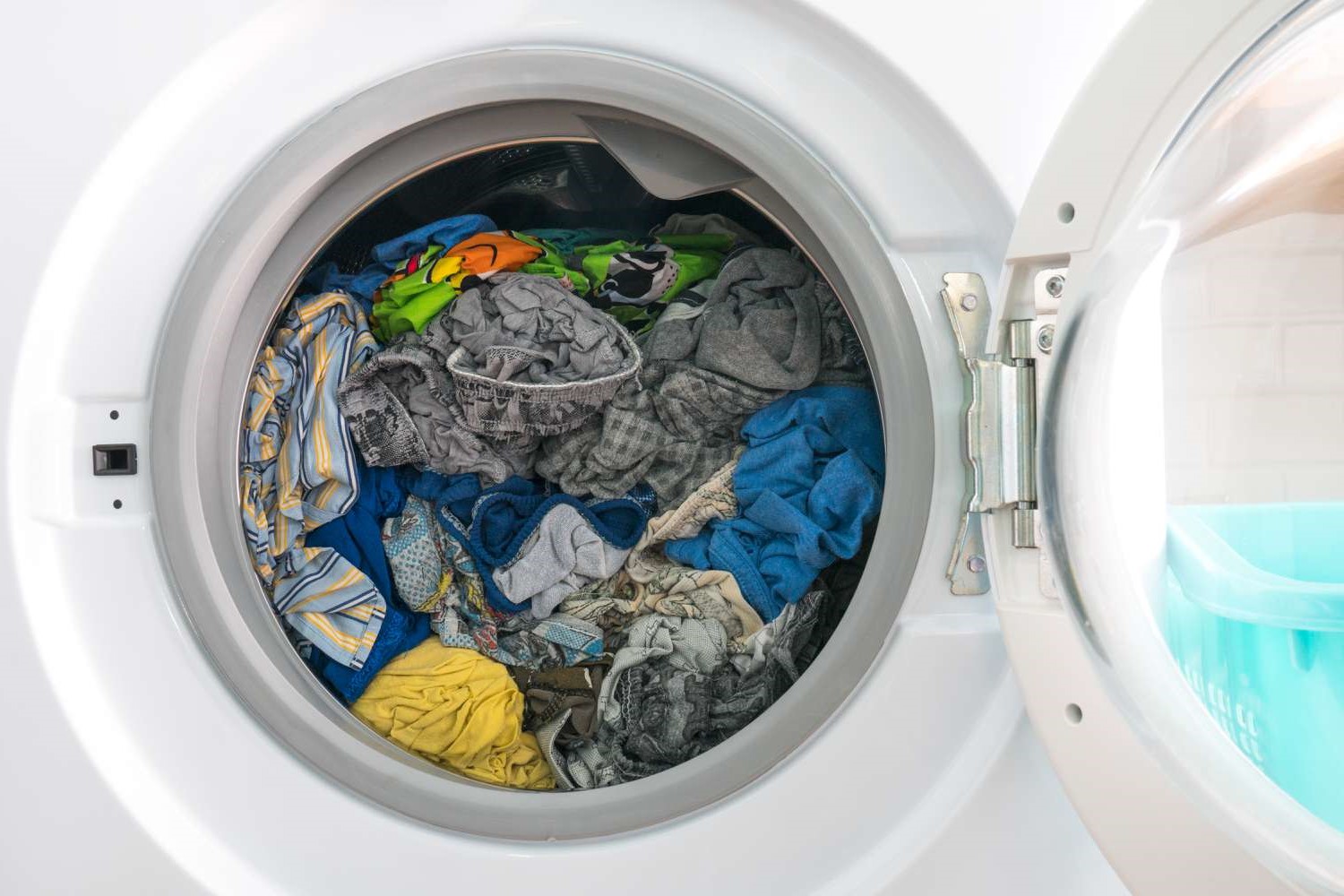
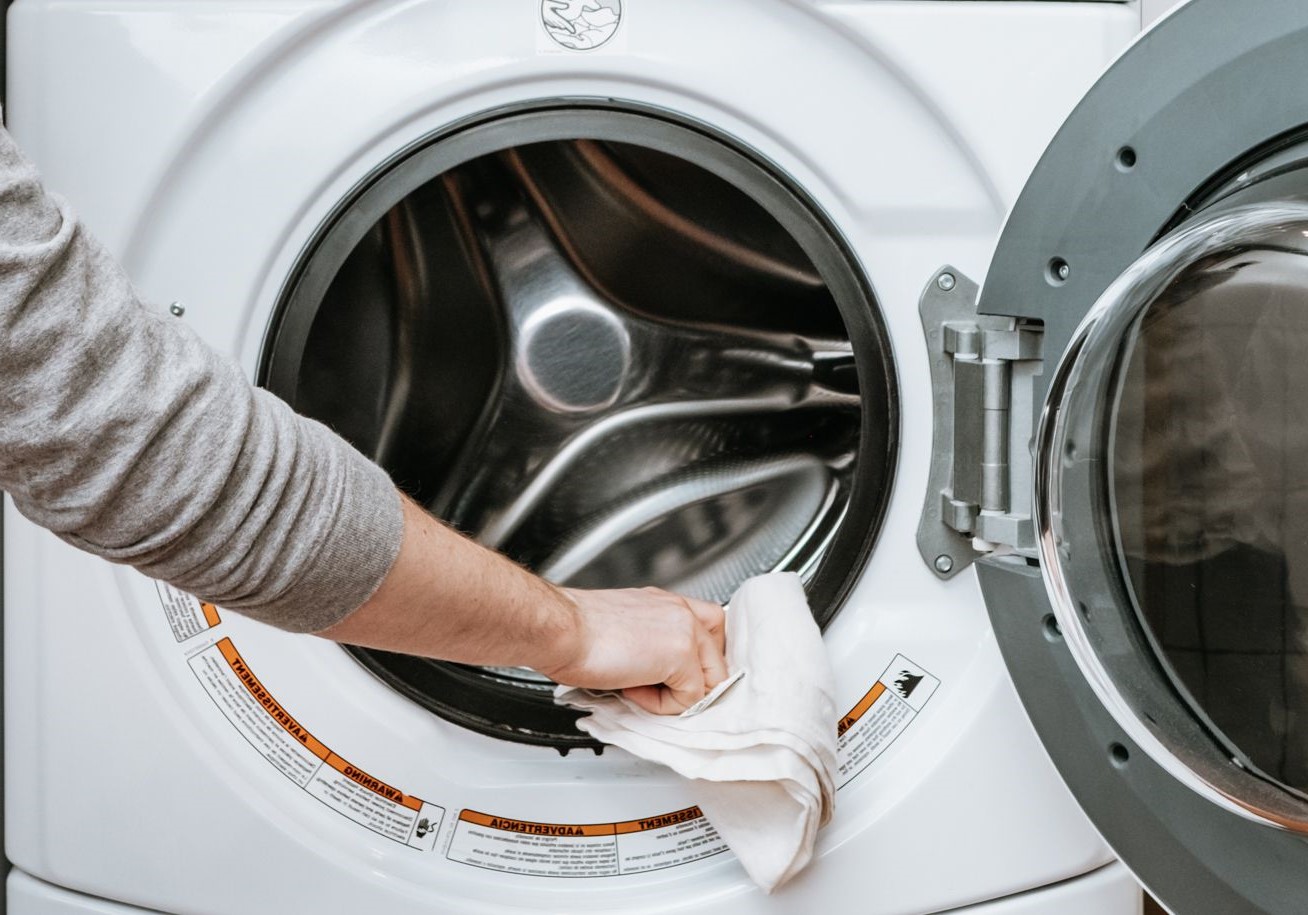
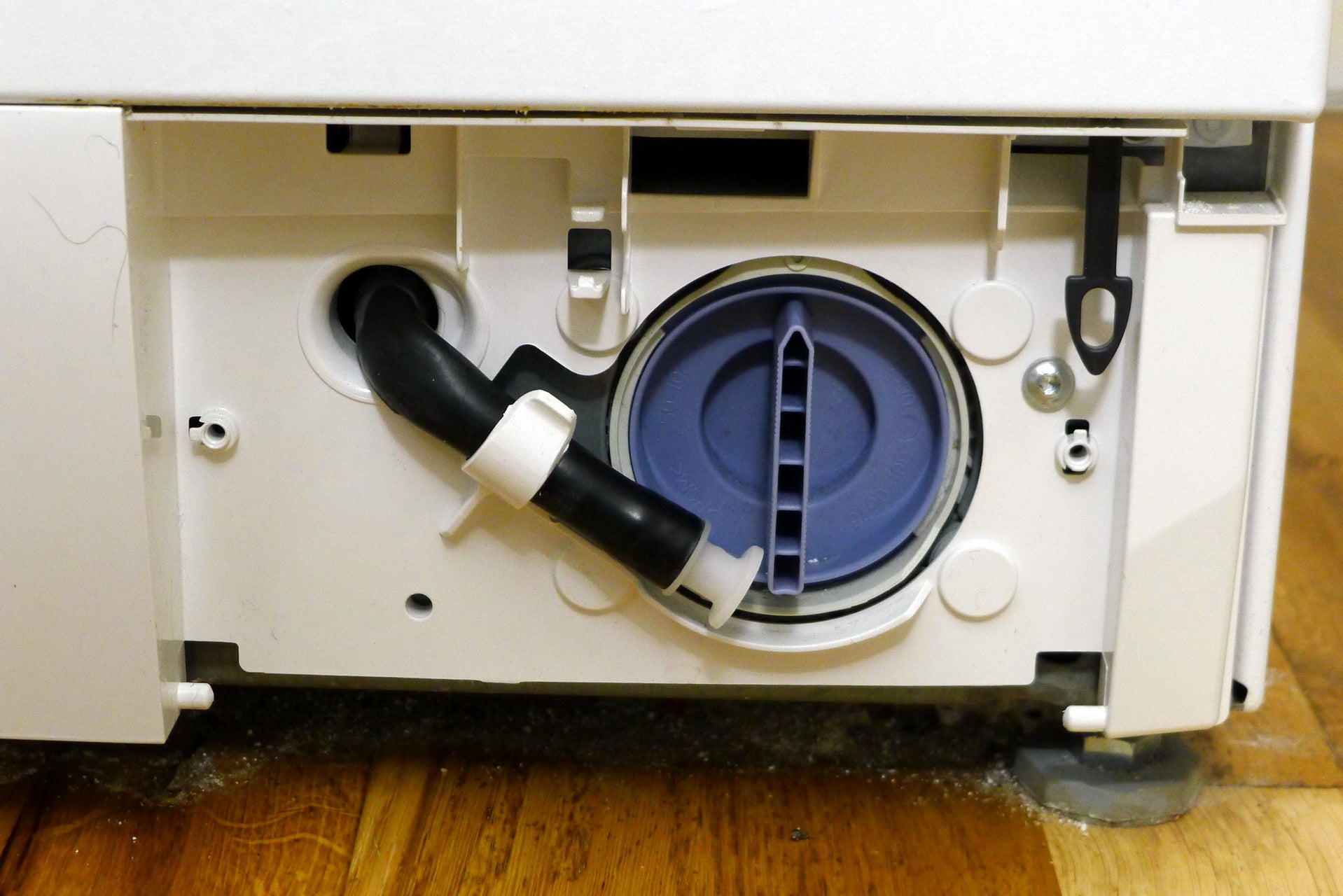



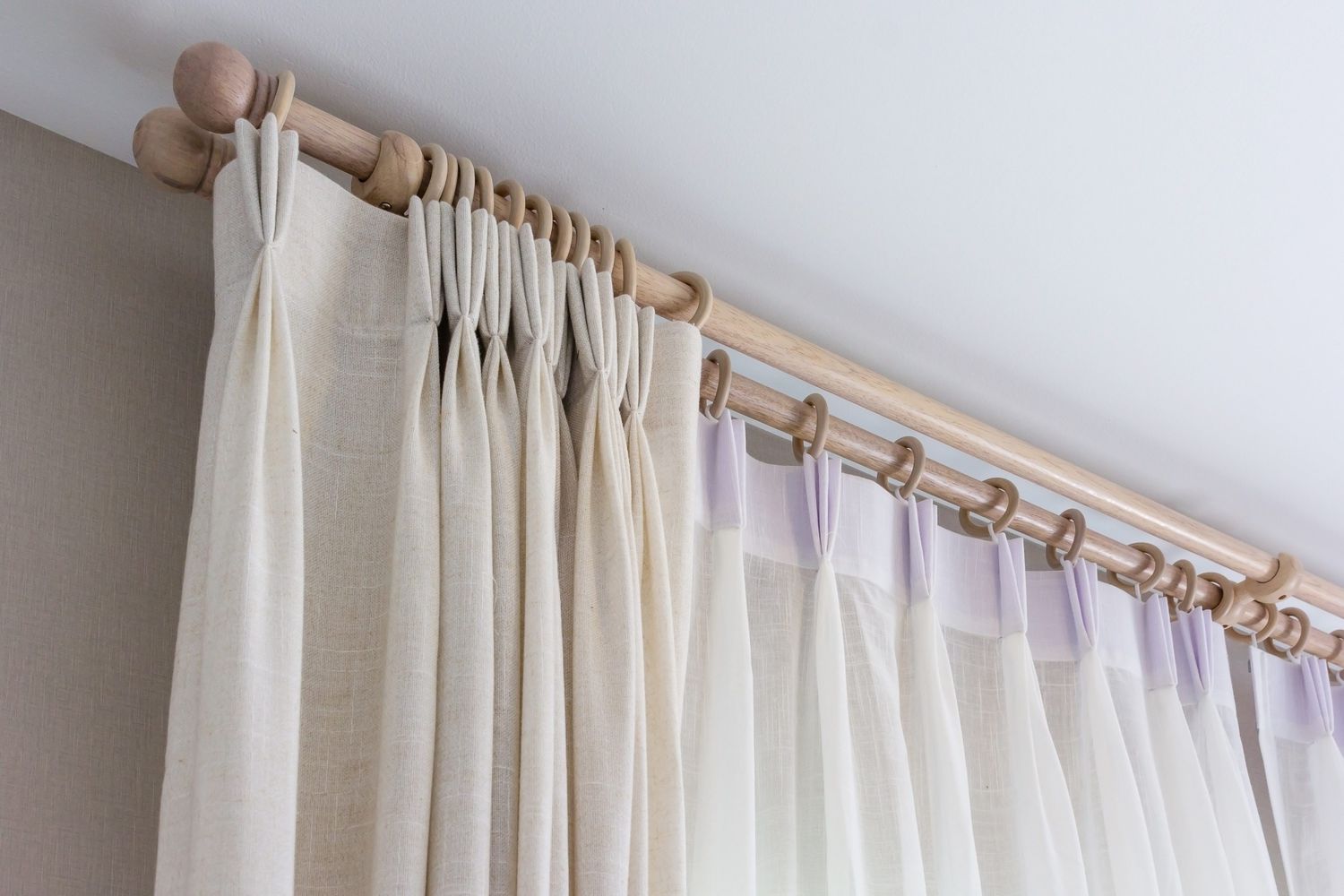
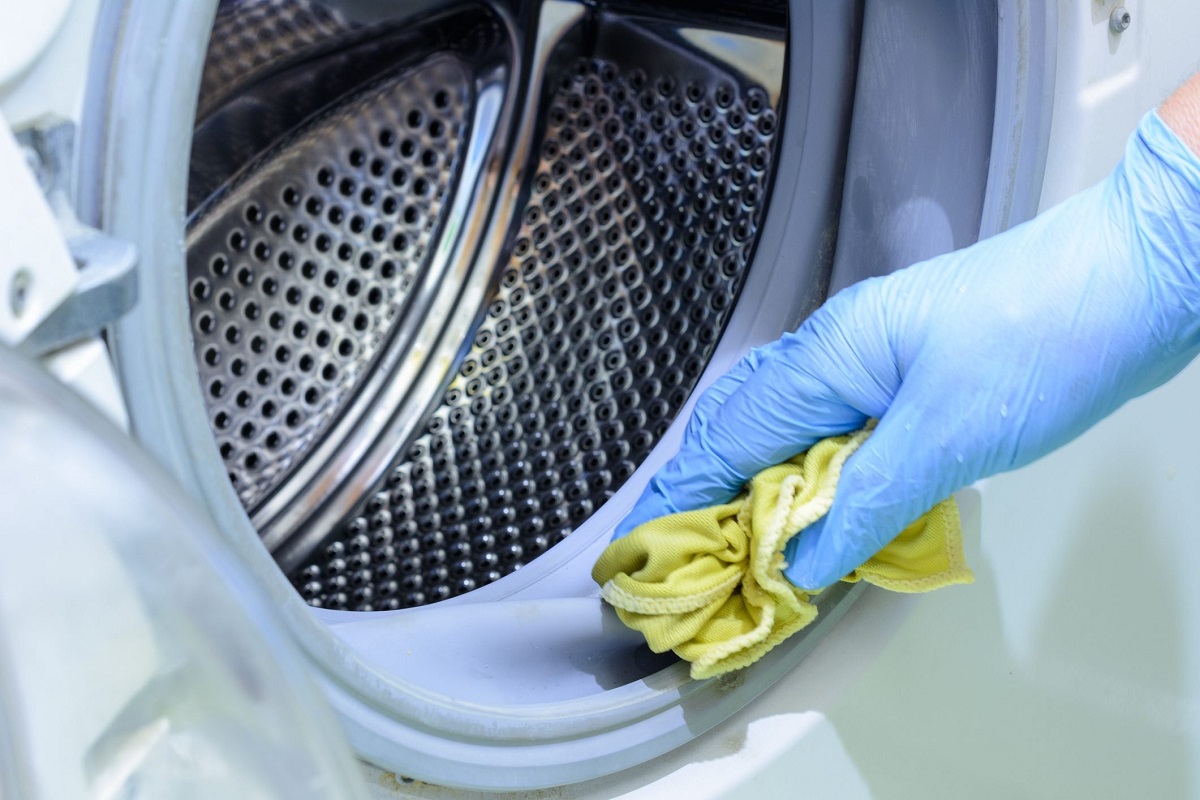
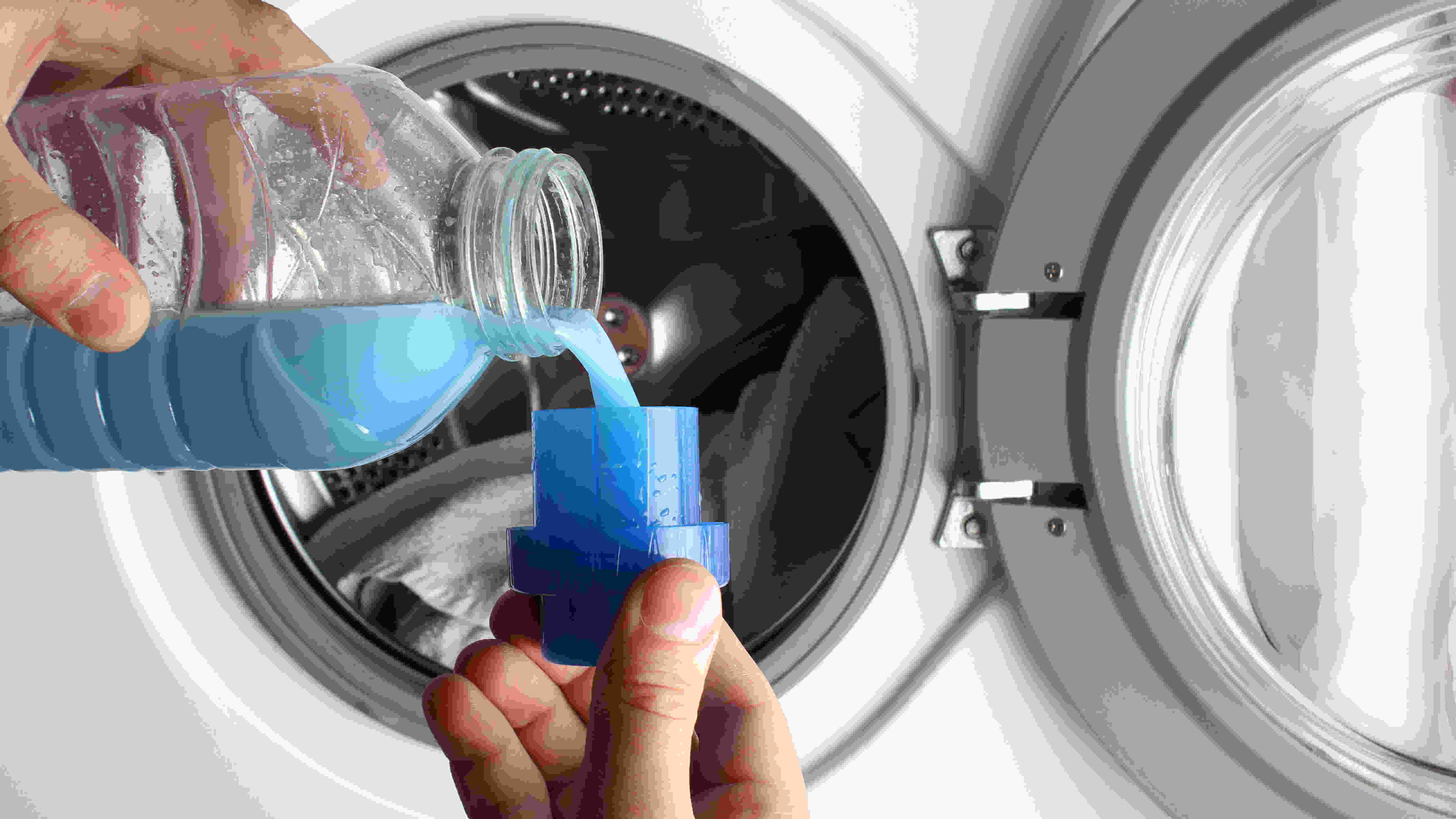

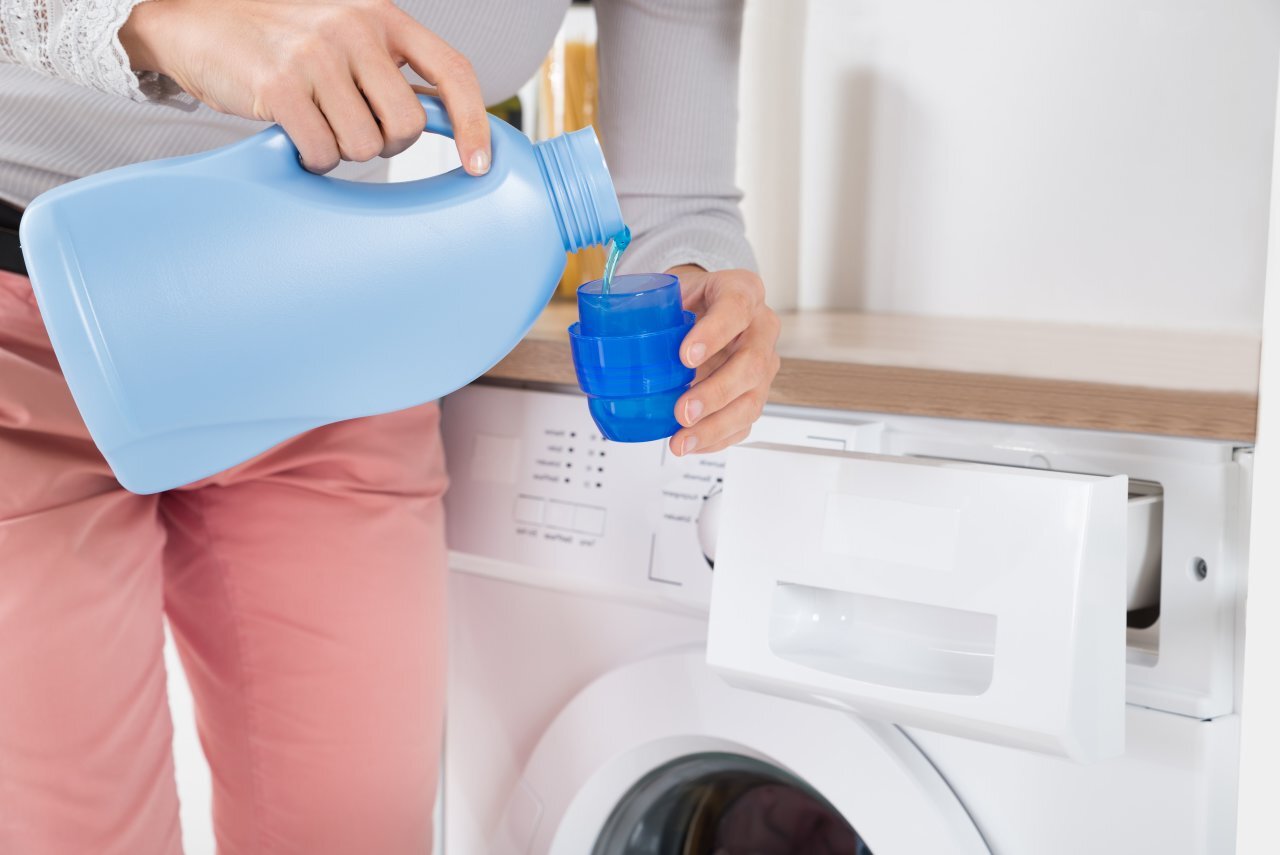
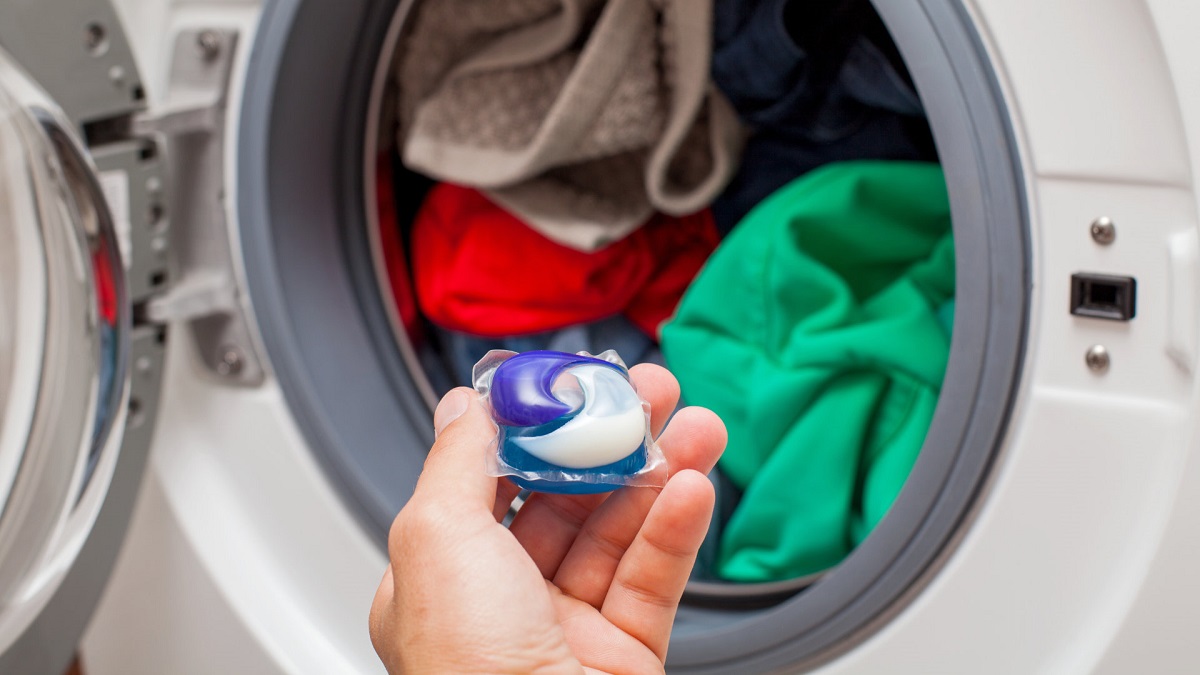


0 thoughts on “How Do You Wash Curtains”